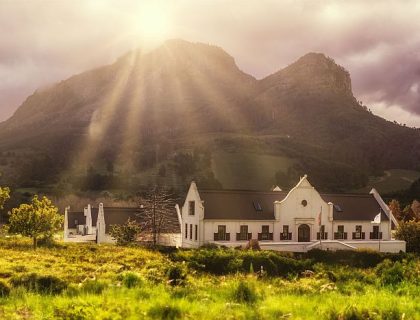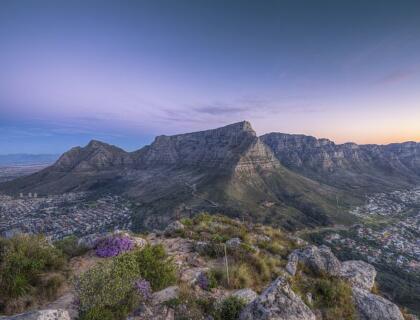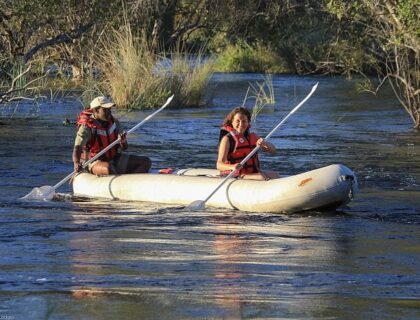For many people an appreciation of birding start building on safari when you realise how much more there is to value in nature once you start looking at the birds as well as the animals. For others their love of birding began in their home country and now they are expanding their species list with a trip to Africa. Either way, Malawi is hands down one of the best countries for birding safaris in Africa.
It’s a veritable birder’s paradise. There are few countries in Africa that can rival Malawi’s range of bird species combined with the accessibility of its birdwatching. There are over 650 species to be seen in Malawi alone. And many of these species are internationally threatened so their survival in Malawi is of immense importance.
These 650 species are spread across Malawi’s diverse landscapes, with over 10 per cent not being seen in other parts of southern Africa.
Some are primarily woodland or grassland species such as the Livingstone flycatcher, red-winged francolin and the endemic Lillian’s lovebird. However Lake Malawi, as well as rivers and dams, also attracts waterbirds such as hamerkop, fish eagle, kingfishers, egret and pelican. Raptors, like the African marsh harrier, black-breasted snake eagle and peregrine falcon, give further variety, especially in the Afro-montane highlands of Nyika and Mount Mulanje.
Why is Malawi so good for a birding safari?
There are several reasons why Malawi is such a great bird-watching destination:
- Wide geographic and climatic diversity from the high Afro-montane climate of the Nyika Plateau, to the lush wooded Liwonde and the open expanses of Lake Malawi.
- Even within the Shire river basin, altitude ranges from 50m to 3000m with a wide range of habitats from rainforest, deciduous forest, thickets, woodland, marsh, cliffs and montane grassland.
- Lake Malawi takes up over 20% of the country attracting a wide variety of waterbirds
- Plateaus, mountains, wetlands and lakes all co-exist in a relatively small land mass offering a variety of bird habitat requirements.
- Finally it’s warm sub-tropical climate attracts northern migratory birds flying south in the winter (African summer)
Interested in booking a Safari or Holiday?
Chat to one of our experienced consultants that’s here to help and guide you. We use our expertise to narrow down the choices and present feasible ideas, so you can relax and ENJOY the planning process! Contact us!Best Time for Birding safaris in Malawi?
80% of Malawi’s 650 bird species are recorded as breeding in Malawi and so birding in Malawi is rewarding at any time of year.
However, as a rule, the best birding time would be including the migratory birds from Europe and North Africa and so the best time is from the end of the dry season (October) to the end of the rainy season (around April).
Important Note – However many Lake Malawi camps close from early January to late March due to the high summer rainfall and hot humid conditions.
So, to maximise birding (and some game-viewing) we recommend October to December, or April to May. Note that October will be very hot and humid prior to the start of the summer rain so only opt for this time if you can cope with heat! Bird numbers are at their highest in November to December and bird plumage will be at its most colourful at this time as well. This is also the green (low) season in Malawi so prices will be a little keener.
Mixing Birding with Game-viewing?
If you want to enjoy a mix of game-viewing and birding, then we opt for the dry season of May to October, as this is the time when game-viewing is at its best.
Best Regions in Malawi for Birding
Broadly speaking Malawi can be divided into four main areas for birding
- The shire river basin in the south of the country (Liwonde, Majete and Lengwe National Parks)
- Afro-montane highlands of the Nyika plateau (and also Mount Mulanje)
- Lake Malawi
- Central lowlands (with its miombo woodland)
1) Birding safaris in Liwonde National Park
Liwonde National Park is one of the best places for birding in Malawi and in the whole of Southern Africa, with over 380-400 recorded species out of the country’s 650 species. In fact Liwonde actually has more bird species in just this one national park than the whole of the United Kingdom!
Resident bird numbers are boosted by an incredible variety of migrants arriving during the rainy season (from Nov to March).
The birding safari record for a two-night stay is 266 different species!
It is also rich in wildlife with elephant, lion, variety of antelope and plenty of hippos and crocodiles. Boating safaris on the Shire River offer the perfect way to enjoy bird-watching in Malawi.
The palmnut vulture and Dickinson’s kestrel are often sighted. Flocks of African skimmer compete for the best nesting sites on the sandbanks.
African jacana and various plovers search the shoreline and the ever-present water lilies for food. White-backed night herons stalk the quieter backwaters, and hundreds of white cormorants enjoy nesting in the riverside palms. The Böhm’s bee-eater is commonly seen along the riverbanks.
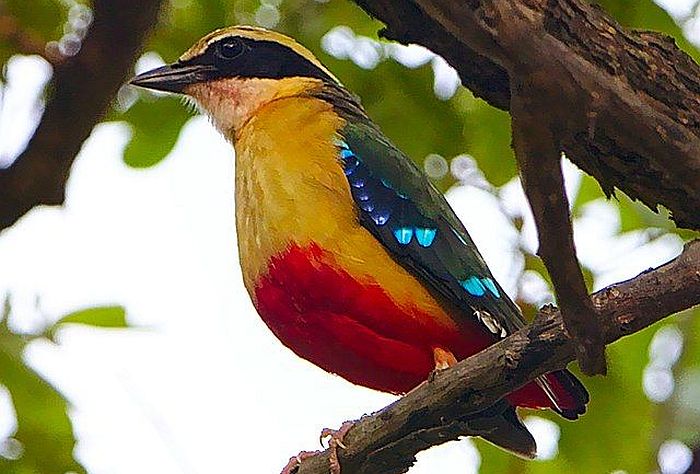
Specials for Liwonde National Park
- African pitta
- African skimmer
- Speckle-throated woodpecker
- White-backed night heron
- Pel’s Fishing owl – often found on riverine strips.
- Liwonde is home to only population of Lillian’s Lovebird in Malawi
- Rare brown-breasted barbet
- African broadbill
- Böhm’s bee-eater
- Bat hawk
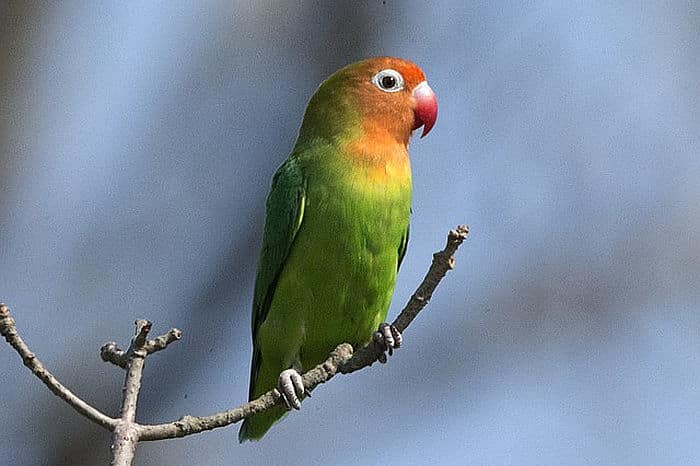
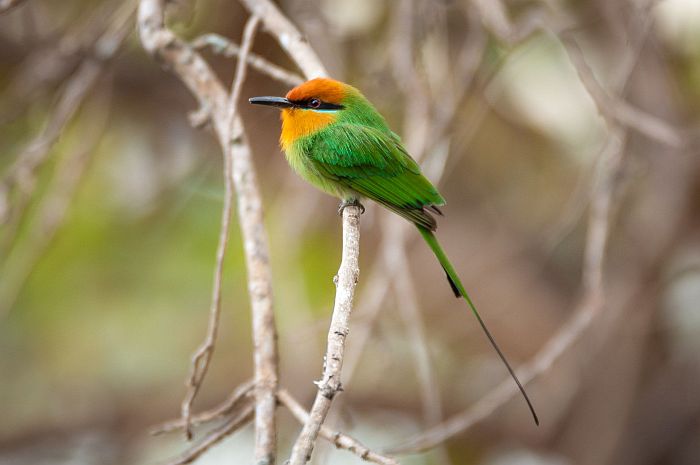
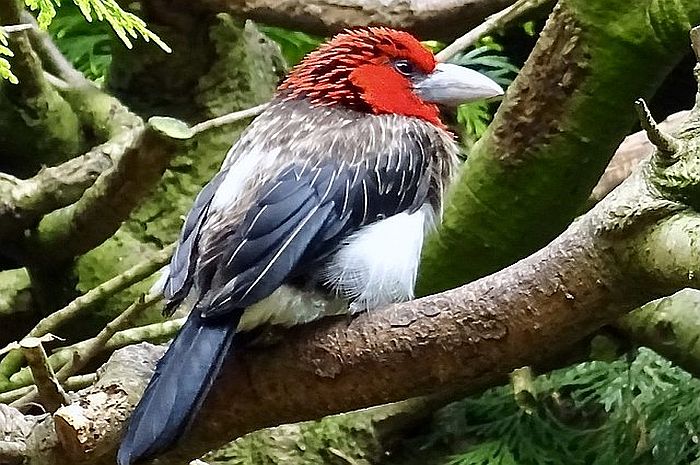
Note: If you don’t want us to arrange a specialist birding safari, keen birders can also ask for a specialist birding guide in Liwonde. This naturally costs a little more than a normal guide, but their expertise will enhance your stay. And remember that Malawi safaris are FAR less expensive than other countries in Southern Africa so you can afford to splash out on a private birding guide.
Recommended Lodges for Birding in Liwonde
How to Get to Liwonde National Park?
This is one of the easiest parks to visit which is why it’s so popular with birders! It is approx. 4 to 5 hours’ drive from Lilongwe (but you can also fly in by seat-in-charter plane), 3 hours’ drive from Blantyre, and 1.5 to 2 hours drive from the southern parts of Lake Malawi.
2) Birding Safaris on Nyika Plateau
This key birding destination is extremely scenic with rolling montane grassland and montane forest in the valleys. You may well see herds of eland, roan, bushbuck, and zebra. Did I also mention that it is a complete contrast with the rest of Malawi?
The Nyika National Park contains over 400 species of bird. It acts as an important refuge for range-restricted species such as Black-lored Cisticola and Churring Cisticola, Chapin’s Apalis and Brown-headed Apalis, Blue Swallow, Scarlet-tufted Sunbird, Jackson’s Pipit, Yellow-browed Seedeater and the montane widowbird.
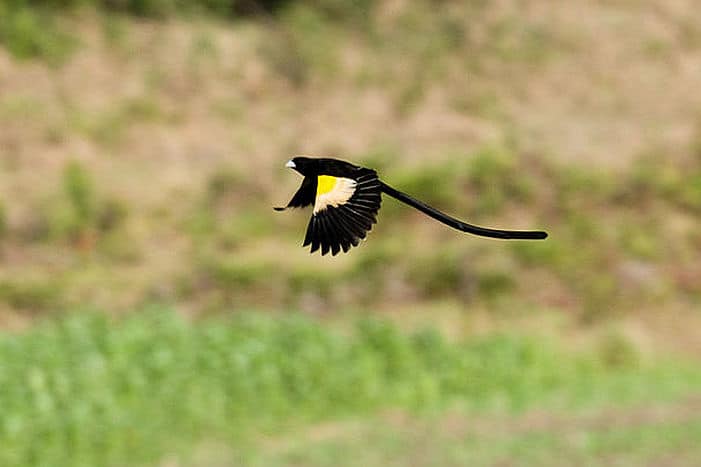
Specials for Nyika Plateau
- Blue Swallow
- Churring Cisticola (as well as short-winged Cisticola)
- Wattled crane – commonly seen in the grasslands around Chelinda Lodge
- Sharpe’s Akalat (only in one particular forest though)
- Augur Buzzard
- Stanley’s Buzzard
- Bar-tailed trogon
Nyika is also home to several endemic subspecies
- Red-winged Francolin
- Baglafecht Weaver
- Rufous-naped Lark

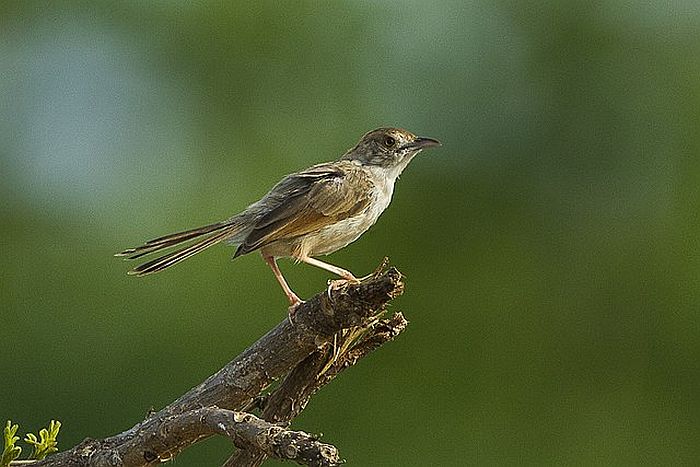

Endemic to only THIS region of Malawi (but found else-where in Africa)
- Yellow Mountain warbler
- Chirping Cisticola
- Wing-snapping cisticola (same
- Mountain Marsh Widow (Montane widowbird).
Best time for Birding on Nyika Plateau
A variety of incredible birds can be found in Nyika all year round, but we recommend the early summer (October and November). At this time, the plateau is still fairly dry, so it’s the best time for birding. (As breeding activity is at its peak in the forests and grasslands). And there’s also an influx of migratory species. (But it is not as cold as the main winter months of June to mid-August!)
Recommended Lodges for Birding on the Nyika Plateau
How to get to the Nyika Plateau?
The Nyika Plateau lies in the far north of the country. There are now scheduled ‘seat-in-charter-plane’ rates from and back to Lilongwe. These are expensive but this is off-set by the fact that Malawi lodges are more affordable than most in Africa.
The other option is to have a guided transfer north by road, stopping off in the Vphya Mountains (forest reserve), also known for its birding.
On the way back you can either fly back, or you could be transferred back towards Lake Malawi for some R&R on the lakeshore. Or even take the ferry over to Likoma Island to stay at wonderful Kaya Mawa?
3) Birding Safaris on Lake Malawi
Lake Malawi won’t disappoint you either. Lake Malawi provides an ideal habitat for bird life, boasting the highest concentration of African Fish Eagles anywhere in the wild. Their cry is heard frequently, echoing across the skies over the lake.
There are over 100 bird species, especially water birds such as the African fish eagle. Other species seen include African harrier-hawk, Trumpeter hornbill, white-breasted cormorant, water thick-knee, African paradise-flycatcher. Plus a variety of herons, weavers, doves and starlings.
Specials for Lake Malawi
- African fish eagle
- Marabou stork – one of most impressive birds on Lake Malawi
- Trumpeter hornbill
- Southern masked weaver
- Common sandpiper
- Brown-headed parrot
- Collared palm thrush
- Mourning dove
- Pel’s fishing owl
- African Pal swift
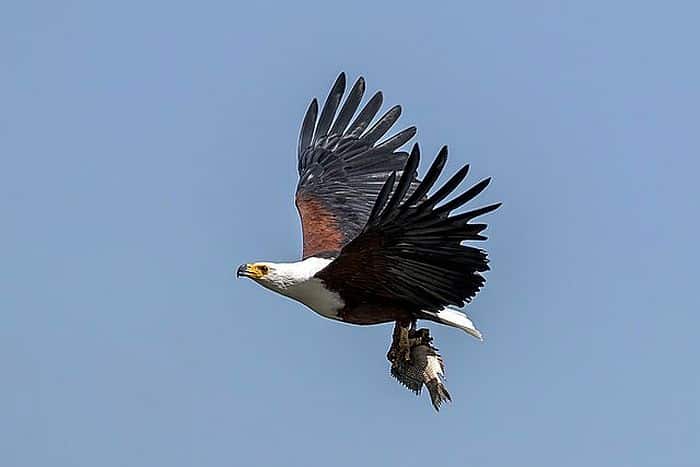
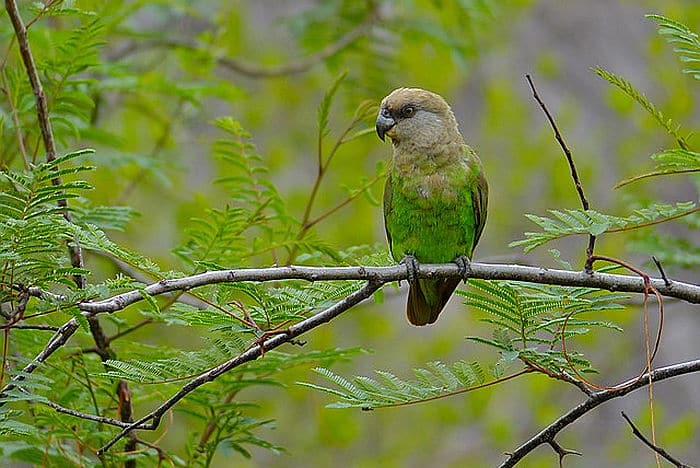
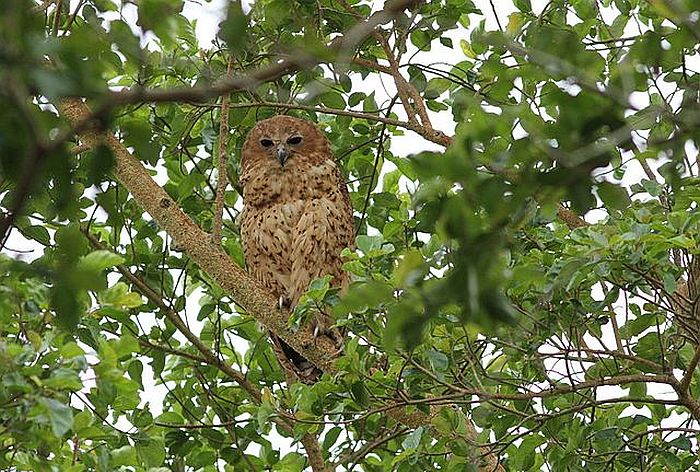
Recommended Lodges for Birding on Lake Malawi
Mumbo Island Camp (note that there are no guides here so best if your birding knowledge is strong)
(We’ve suggested these due to their relative proximity to Liwonde National Park as well.)
How to get to Lake Malawi?
Depending on which part of the lake you go to, much of it can be accessed with a road transfer from Lilongwe. We recommend heading to the southern Lakeshore (4 hours) if you are planning to also visit Liwonde. As then you are only 2 hours drive away.
Other Notable Areas for Birdwatching in Malawi:
4) Dzalanyama Forest Reserve
This forest reserve lies 60km south-west from Lilongwe. It comprises miombo forest and so it is an important habitat for miombo bird species. Around 300 bird species have been recorded here. It is primarily a birding destination and the Dzalanyama Forest Lodge is a simple but comfortable place to stay.
Birding specials include:
- Miombo Pied Barbet
- Miombo Tit
- Pale-Billed Hornbill
- Schalow’s Turaco
- Streaky-headed seedeater
- Bohm’s Flycatcher
- Boulder Chat
- Striped-breasted seedeater
- Oliver-headed Weaver
- Souza’s Shrike
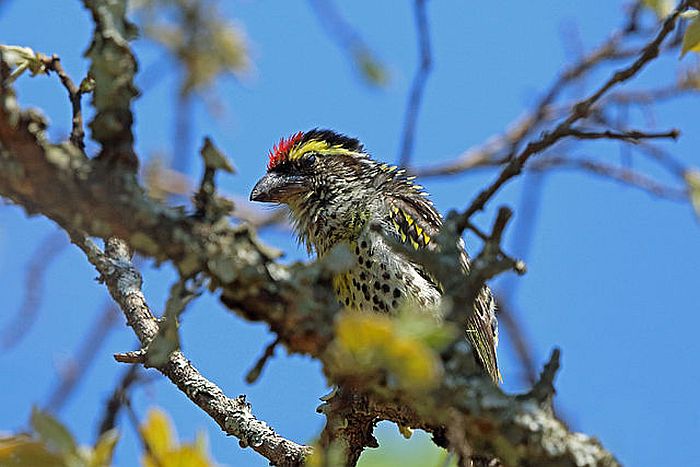
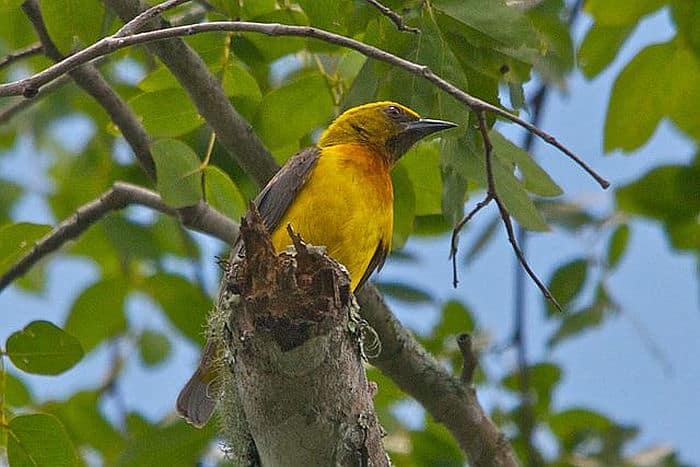

5) Zomba Plateau
The Zomba Plateau highland area lies between Blantyre and the Liwonde National Park, so it is easily accessible. It doesn’t have the numbers of birds of Nyika Plateau. But the plentiful walking trails on the mountain allow you to easily enjoy the many colourful bird species. We recommend the comfortable Ku Chawe Inn
Birding specials include:
- Bar-throated Apalis
- Garden Warbler
- Cape Batis
- Yellow-throated Apalis – endemic to Malawi
- Little Greenbul
- White-eared Barbet
- Magpie
- White-winged Apalis
- Forest Weaver
- Blue-spotted Dove
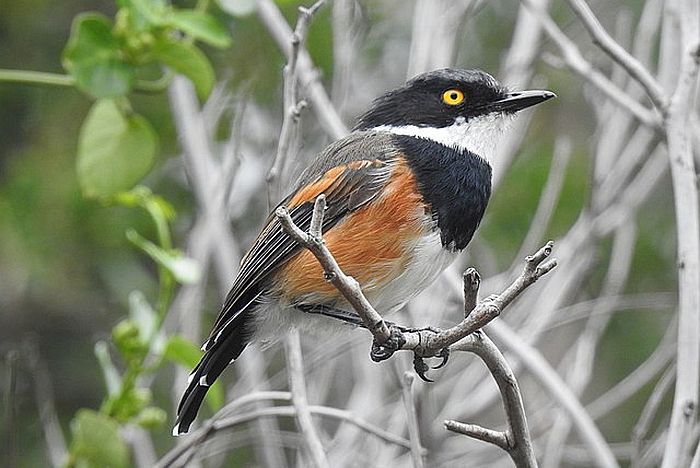
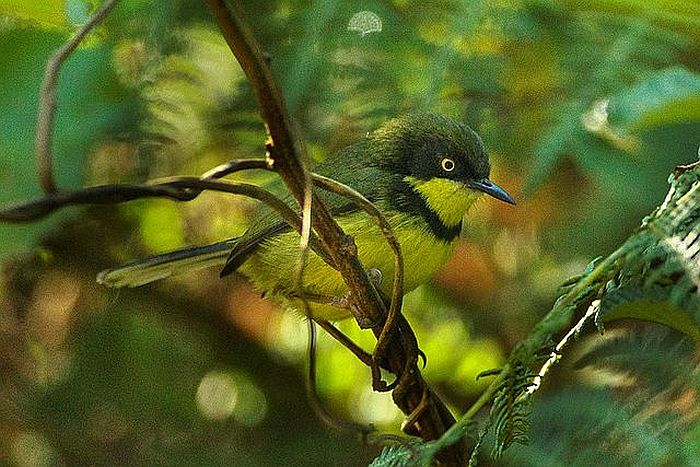
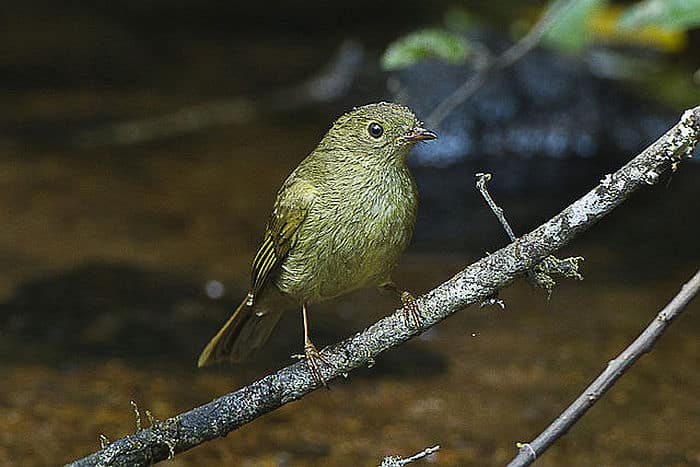
6) Majete Game Reserve
The beautiful Majete Game Reserve lies within the Shire river basin and offers approx. 300 bird species, including four species of vulture and bateleur eagle.
However it is also Malawi’s only Big Five reserve. And so you may also see lion, rhino, giraffe, cheetah, elephant and even occasionally wild dogs. So if you are primarily interested in bird-watching, we recommend booking a private guide, as most guests to Majete are focused on the wildlife.
It shares many of its bird species with other Southern Malawian forest reserves such as Lengwe Game Reserve and Liwonde.
The best place to stay is Mkulumadzi Camp.
Birding specials include:
- Boulder chat
- Livingstone flycatcher
- Böhm’s Bee-eater
- Cuckoo Hawk
- Pel’s fishing owl
- Rock Pratincole
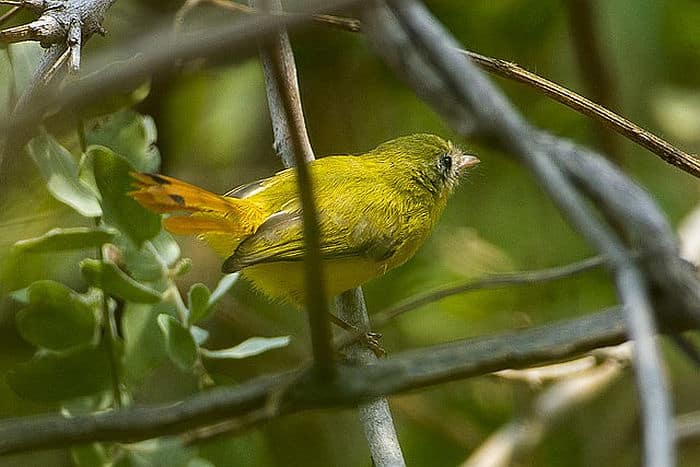
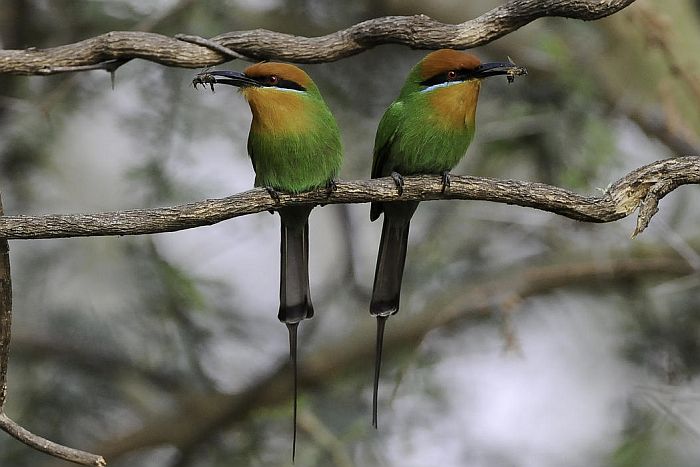

7) Mount Mulanje
This is Malawi’s highest mountain at over 3000m which rises abruptly from the plains (at 600m). There’s a plateau at approx. 1800-1900m and then from there rises a rocky peak at 3002m. This Afro-montane climate provides a unique habitat for some 180 bird species. And the highly endangered Cholo Alethe has been spotted here
Specials Include:
- Chole Alethe – endemic to Malawi
- White-winged Apalis
- Little Greenbul
- Martial eagle
- Crowned eagle
- Green-headed oriole
- Black eagle
- Lanner falcon
- Lazy Cisticola
- Peregrine falcon
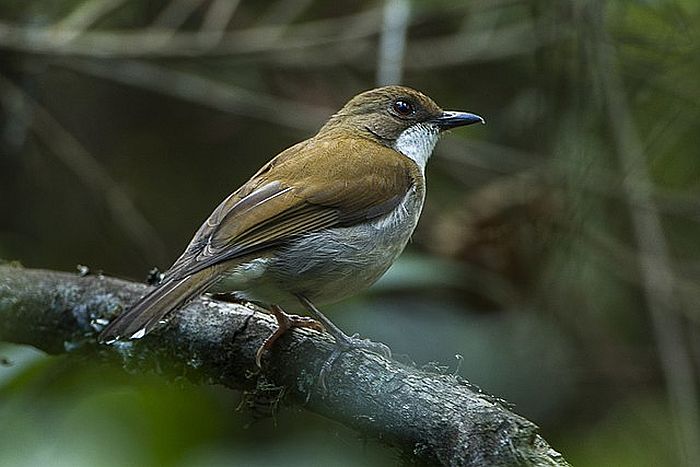

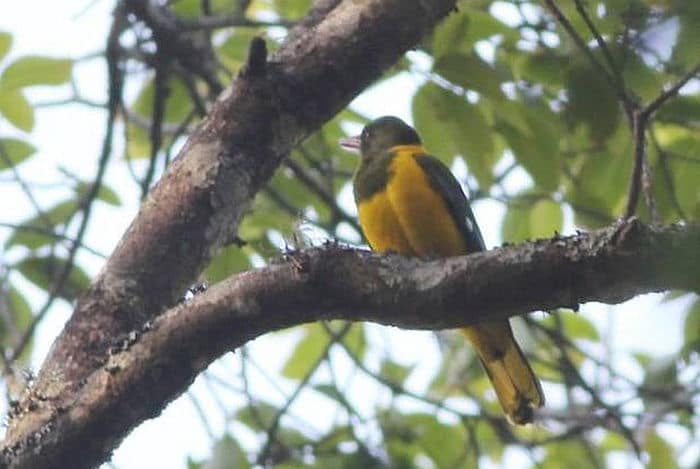
How to start planning that safari?
Hopefully, this has whetted your appetite for a birding safari in Malawi and you should have a good idea of where to go. So contact US to put together a birding trip for you.
Or have a look at some of our web pages on Malawi and look at our sample tours and recommended safari camps.
Specialist Birding Guides
We can arrange a specialist birding safari in Malawi, in some of the locations above, with a specialist birding guide. Naturally, this will be more expensive than a game-viewing safari, especially if it is only for 2 people. But the price will come down quite nicely with 4 or more people.
Interested in booking a Safari or Holiday?
Chat to one of our experienced consultants that’s here to help and guide you. We use our expertise to narrow down the choices and present feasible ideas, so you can relax and ENJOY the planning process! Contact us!“Birding Safaris in Malawi” was written by Cedarberg Africa
Cedarberg Africa is a specialist tailor-made safari company for Southern and East Africa. We know how confusing and time-consuming it can be to plan an African safari. Especially when you have a specialist interest like birding. We discuss what YOU are looking for. Then we put together a custom birding safari proposal. So that you get a hassle-free trip of a lifetime to share with your loved ones. And at a fair and competitive price.

